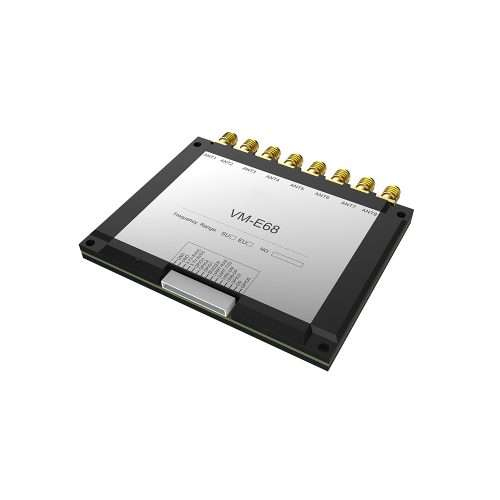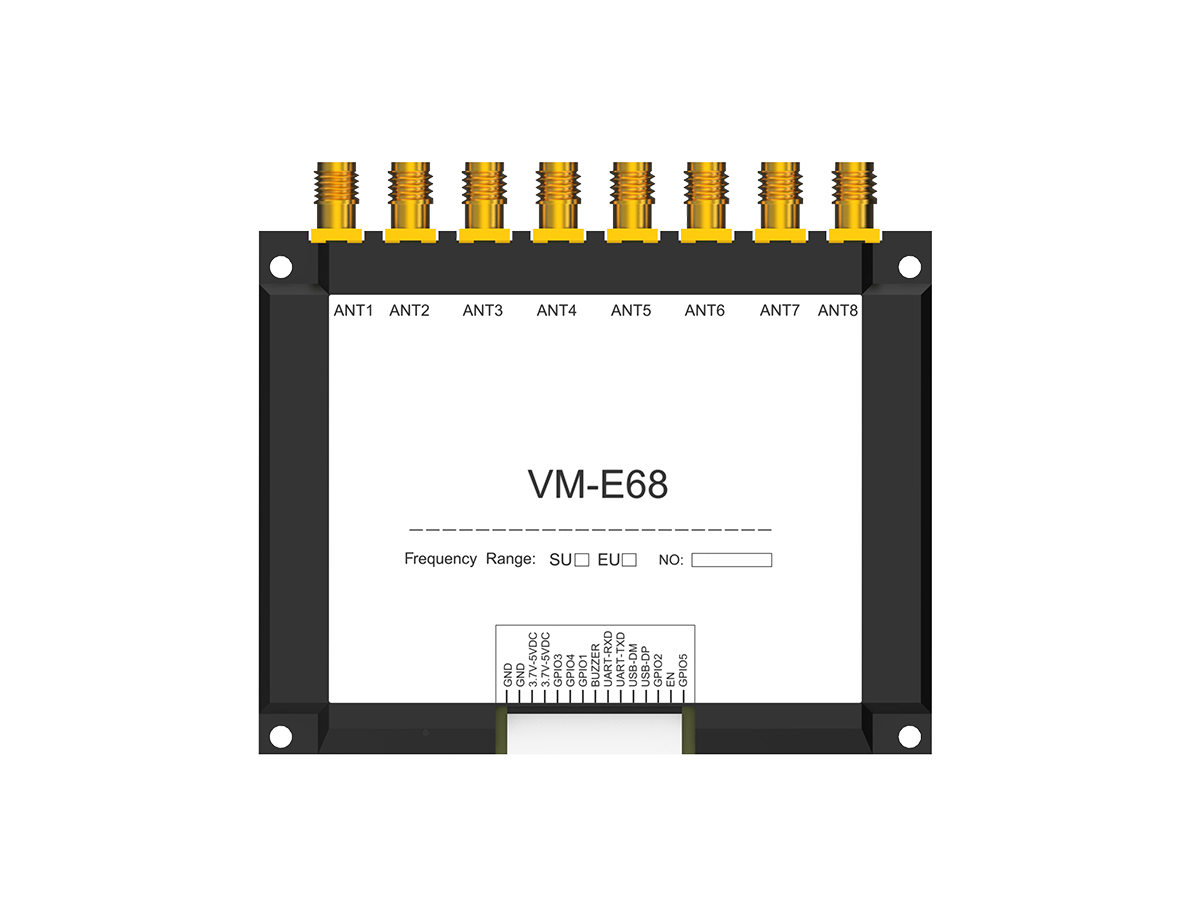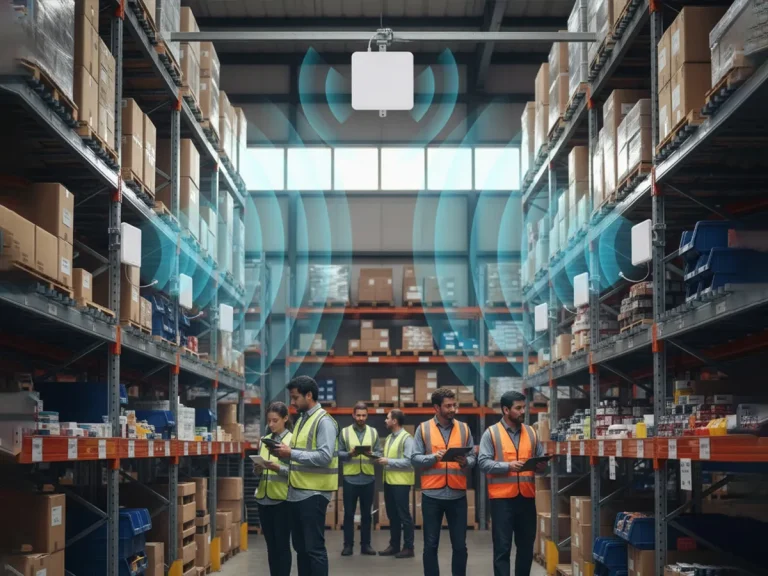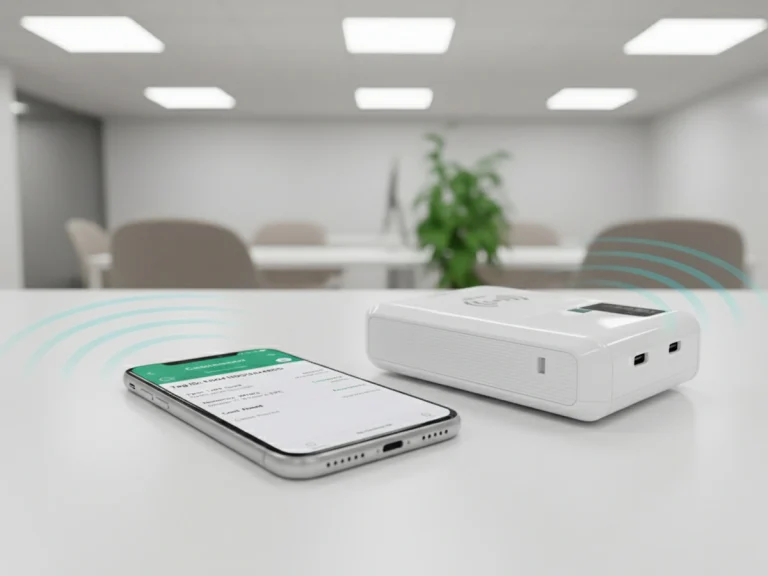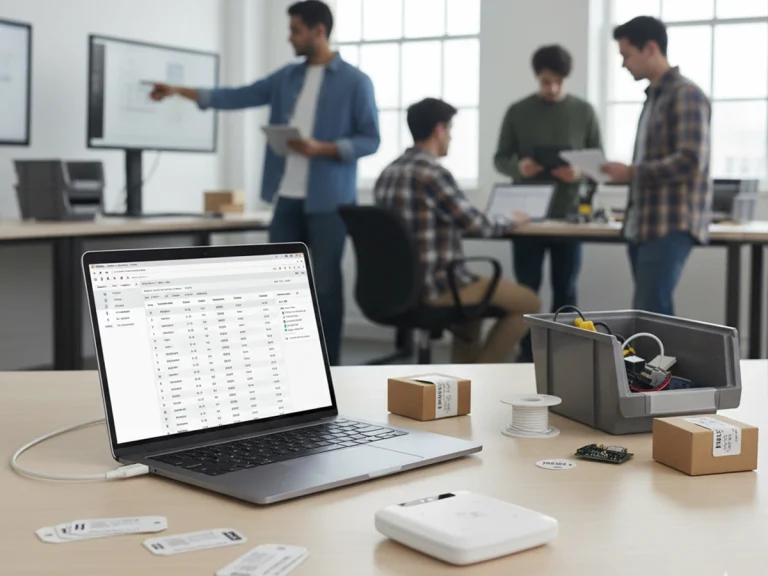
How to Integrate RFID Modules into Custom Devices
Integrating RFID modules into custom devices might sound straightforward at first glance, but anyone who has tried it knows it can get tricky. I remember working on a small project where we wanted to embed RFID functionality into a prototype locker system. Our first few attempts failed miserably. The modules weren’t reading tags consistently, and we had no idea why.
After some hands-on testing, it became clear: the placement of the antenna inside the enclosure made all the difference. Metal surfaces, even tiny screws or hinges, could block the signal. Moving the module just a few millimeters and rotating it slightly improved the read rate dramatically. Using RFID Reader.io modules, with their detailed documentation, helped a lot, but nothing replaces actual trial-and-error.

Why Integrate RFID Modules
Using RFID modules instead of full readers has several advantages:
- Custom Form Factor: Modules are compact and can fit inside a wide variety of devices—from handheld terminals to embedded kiosks—without taking up too much space.
- Power Efficiency: Many modules consume less energy than standalone readers, which is essential for battery-powered handheld terminals.
- Flexible Integration: Modules can connect directly to microcontrollers or embedded systems, letting you design the device around your needs rather than the other way around.
- Cost Control: You avoid the expense of buying full readers for each unit, especially when scaling to dozens or hundreds of devices.
- Scalability: Need more coverage? You can add multiple modules to cover different zones or to handle multiple tag types.
Steps to Integrate RFID Modules
1. Choosing the Right Module
Start by identifying your requirements: frequency, read distance, sensitivity, and the type of tags you’ll use. For most custom devices, the RFID Reader.io modules are a good fit because they support various tag types and come with clear guidelines for integration.
2. Antenna Placement
This is the part that trips up many engineers. A few centimeters of difference can make the difference between 100% read success and constant failures. Tips I’ve learned:
- Keep the antenna away from metal parts unless it’s a metal-tolerant module.
- Avoid placing it near high-current electronics.
- Rotate and test multiple orientations inside the enclosure.
Even small tweaks—like tilting the module slightly—can improve performance noticeably.
3. Circuit Design and Connectivity
Proper wiring and shielding are crucial:
- Use decoupling capacitors to reduce noise.
- Keep signal traces short.
- Ensure good grounding to prevent interference.
These small details often determine whether a module works reliably.
4. Software Integration
Most modules come with SDKs or APIs. In practice, you’ll want to:
- Read tag IDs reliably.
- Handle multiple tags at once.
- Log and synchronize data with your main system.
I often test the software with sample tags first to catch edge cases before final deployment.
5. Prototype and Test
Before assembling the final device, build a prototype. Test in real-world conditions:
- Check for metal or liquid interference.
- Test tag orientation, distance, and motion.
- Measure power usage and response time.
Iterate until the read performance is consistent.
6. Final Assembly
Once everything works in testing, assemble the device. Keep in mind: it’s helpful to leave the module accessible in case firmware updates or repairs are needed.
Practical Observations
- Metal components near the module can cause unexpected failures. Even screws can matter.
- Environmental conditions—temperature, humidity—affect performance.
- Iterative testing beats relying solely on diagrams or datasheets.
- RFID Reader.io modules have reliable documentation, but the real insights come from hands-on experimentation.
FAQ – RFID Module Integration
Q1: What is an RFID module?
A compact component that can read RFID tags and communicate with your system.
Q2: Can I integrate multiple modules in one device?
Yes. You can expand coverage or handle multiple tag types.
Q3: Do I need special software?
Most modules include SDKs or APIs. RFID Reader.io provides well-documented libraries for common microcontrollers.
Q4: How do I avoid interference?
Antenna placement, shielding, and real-world testing are essential.
Q5: Can modules be used in handheld terminals or kiosks?
Yes. They’re designed for embedded systems, kiosks, and mobile devices.
Q6: Can modules run on battery power?
Yes, but check power consumption and voltage requirements.
Q7: How do I test before final assembly?
Use sample tags, simulate realistic environments, and iteratively adjust placement and software.
Q8: Are there modules optimized for metal-heavy environments?
Yes. RFID Reader.io offers modules designed for challenging environments.
Send Us An Email
Feel free to send us an email and we will reply to you as soon as possible.

